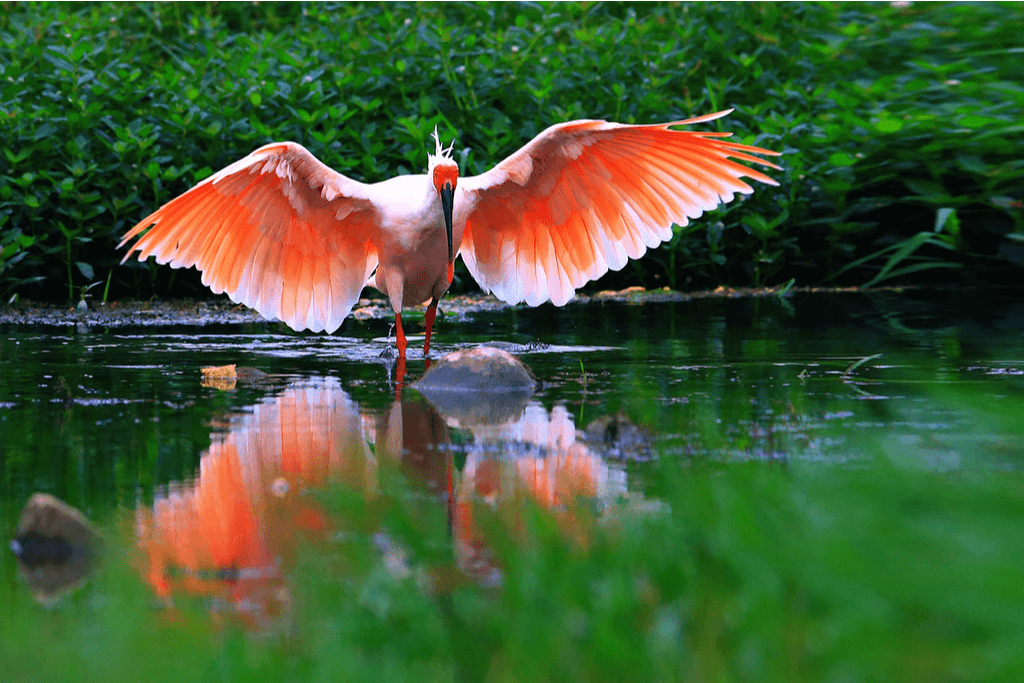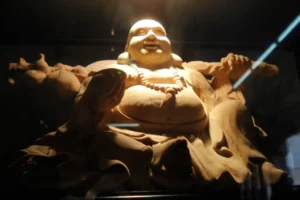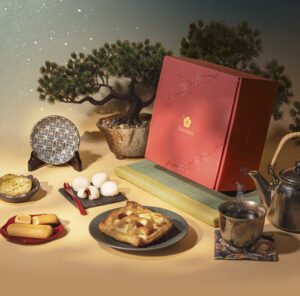Niigata Prefecture is famous for incredible natural spots such as mountains and rice fields. Being blessed with natural sceneries, Niigata is also a motherland to many beautiful bird species. If you are a nature lover, keep reading on! We’ll introduce you to some of the most beautiful and rare kinds of birds only found in Niigata, Japan!
Table of Contents
ToggleCrested Ibis
The crested ibis is an iconic bird of Japan because its scientific name–Nipponia nippon–commemorates Japan. The crested ibis, also known as toki in Japanese, is 70-80 cm tall with a wingspan of 130 centimeters waterbird. It has a bare red-skinned head, except during the breeding season. Its wings are rose pink with white plumage during the breeding season.
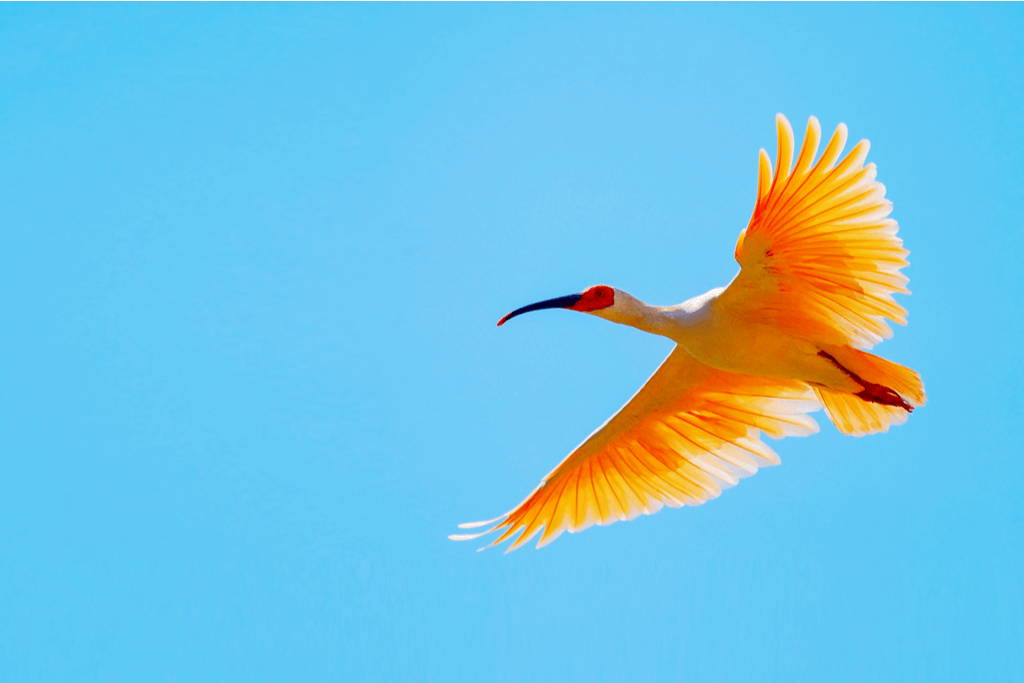
Since ancient times, the bird’s magnificent color has had a name–toki-iro (toki color) in Japan. The crested ibis inhabits paddy fields, meadows, riversides, and nearby forests to breed in Niigata, Japan. Unfortunately, the crested ibis population gradually decreased due to overhunting, habitat loss, and pollution. There was a time that it was on the verge of extinction, but thanks to artificial breeding and habitat improvement measures, it has returned to the wild.
Many conservation efforts exist for this bird and its habitat in Sado City, Niigata. In addition, people use special farming techniques to raise creatures in rice paddies to feed people. Nowadays, you can see this beautiful species in Toki Forest Park on Sado Island of Niigata, Japan.
Love seeing Japan’s nature but cannot make the way to Japan? Check out Sakuraco! Sakuraco sends the best Japanese snacks, sweets, and teas to your door every month so you can enjoy authentic Japanese flavor at your comfort!
Japanese Green Pheasant
The Japanese green pheasant is the national bird of Japan. If you are familiar with Japanese culture, you must have heard about this beautiful bird at least once since it is featured in many old legends, poetry, or paintings. If you know the legendary Momotaro – one of the oldest Japanese folktales, the green pheasant is one of Momotaro’s companions on his way to fight against the villain.
The male green pheasant has a magnificent color: red wattle around the eyes, green crown, blue throat, and purple collar. Its coat is green with small stripes underneath, and the greenback takes on shades of olive or light gray and dark olive.
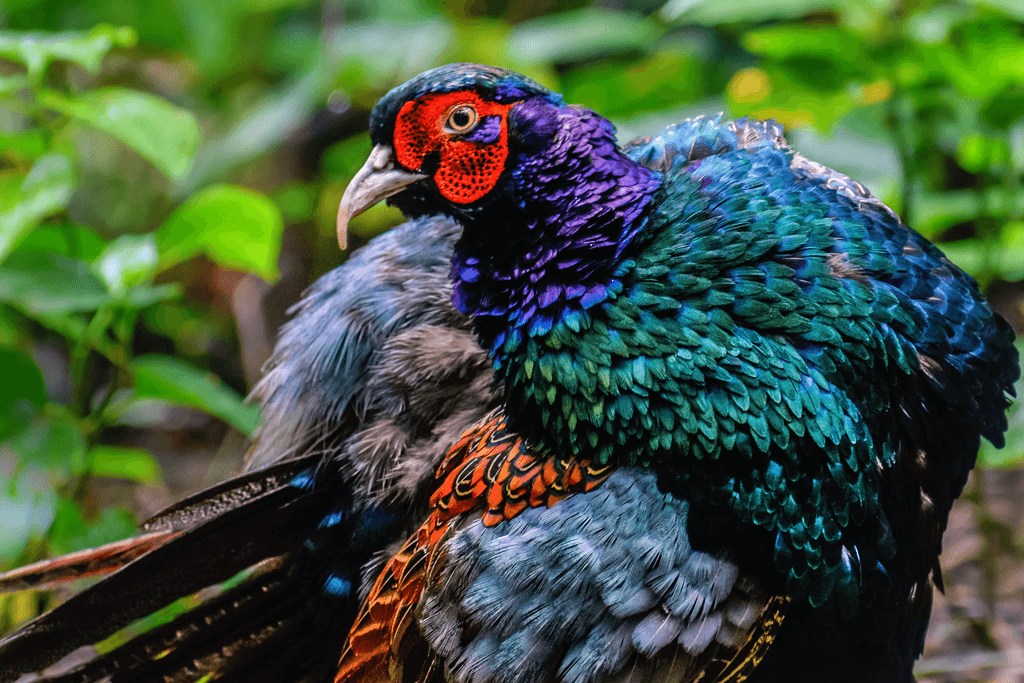
On the contrary, females have darker colors, so they can hide away quickly to care for their children. Female green pheasant has black mantle feathers extending to narrow light brown margins and tinged with green near the tips.
In their natural state, green pheasants are restless and tend to remain reasonably wild in captivity. However, they are easily startled and often hide away in dense vegetation or bushes. If you want to observe it, spring is the best season since they will be more active outside. Japanese green pheasant is endemic to Japan, as you can find it in Honshu, Kyushu, Shikoku, and several islands nearby. In Niigata, you can see green pheasants at Toyonogata Lagoon.
Tufted Duck
The tufted duck is a kind of duck that migrates in winter and is classified as a sea duck, but it is common in freshwater areas like pochard. Its Japanese name is Kinkurohajiro in kanji, is 金黒羽白 which describes its appearance: golden eyes, black body, and white belly. In particular, males are distinct in color, while females’ bodies are brownish.
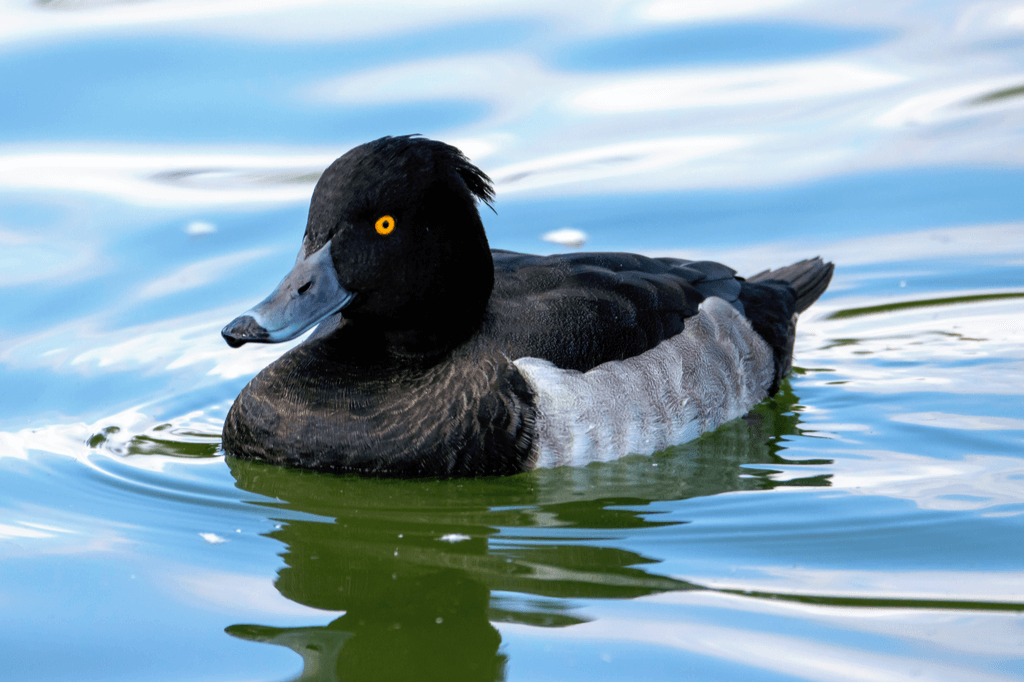
Although there are not many, these two-tone black and white colors stand out well, so you can also see them mixed with kogamo (green-winged teal duck) and magamo (mallard duck) in the pond of Niigata Prefectural Botanical Garden.
Common Goldeneye
Common goldeneye is a medium-sized duck with a unique head shape that looks like an upside-down rice ball—a winter bird characterized by white spots on the cheeks of males. The male has a glossy deep green head and yellow iris.
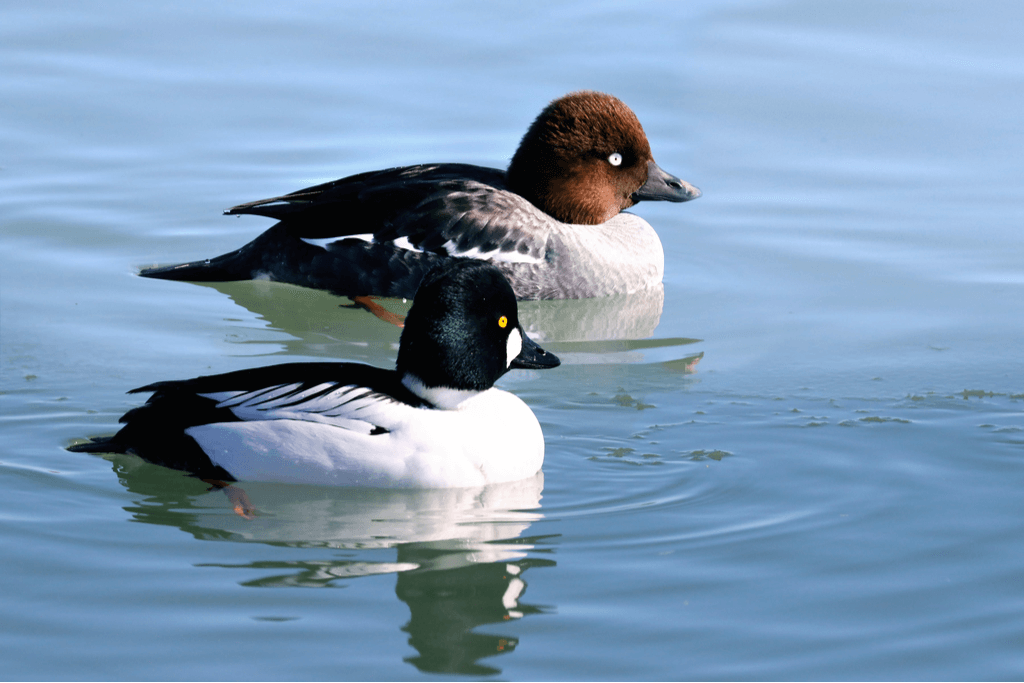
Its back is black, the belly is white, and the beak is black. The female has a dark brown head and gray body, not as distinct as the male. The common goldeneye breeds from the spring to the summer, then come to Japan in the winter. Found in lakes, rivers, and bays, it dives and preys on small underwater animals. Common goldeneye often moves in groups.
They are diving ducks but can fly pretty well, too, with whistling wingbeats. They float buoyantly, descend quickly, and swim well underwater but are hardly seen walking on land. If you love to see it, Fukushimagata Lagoon is the place to go!
Goosander
The goosander is a beautiful bird and an excellent fisherman; its long, serrated beak allows it to grab and retain its slippery fish prey. Males have white bodies, dark green heads, black backs, and long, red, hooked bills. The white sides and breasts occasionally glow pink. Females are gray with a reddish-brown or gingery head and a white throat.
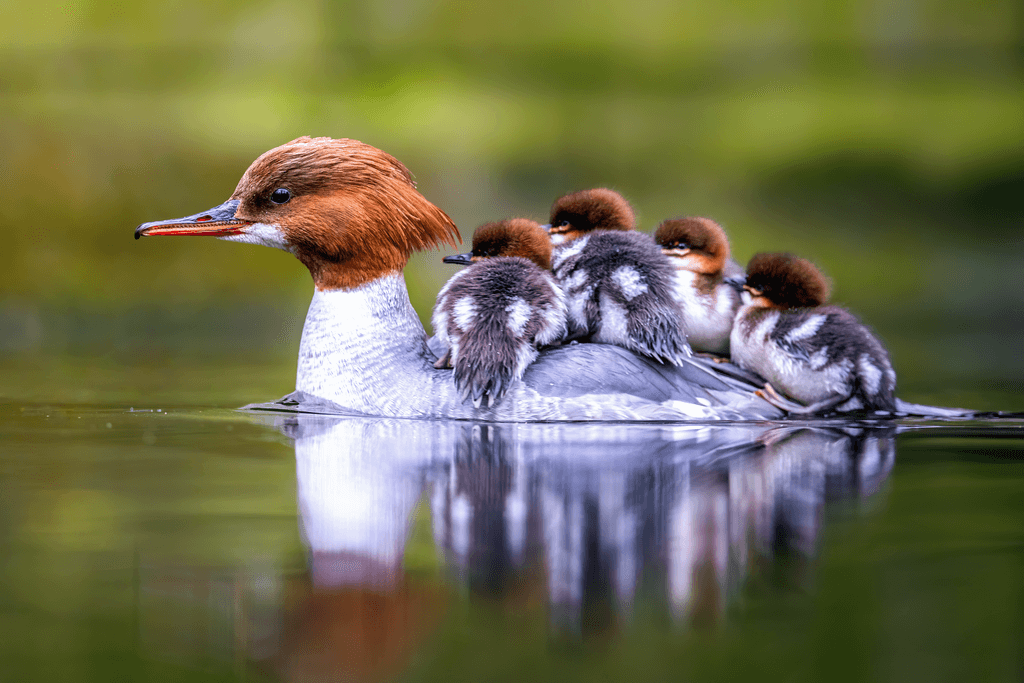
It migrates to rivers, lakes, and marshes as a winter bird, including Sado Island. There are few places where you can see them regularly, but you can watch goosander and other kinds of winter birds in Niigata Prefecture Sports Park.
Only in Niigata, Japan, can these fantastic birds be seen! Have you ever seen any of these birds in Japan or your home country? Let us know about the experience in the comment below!

